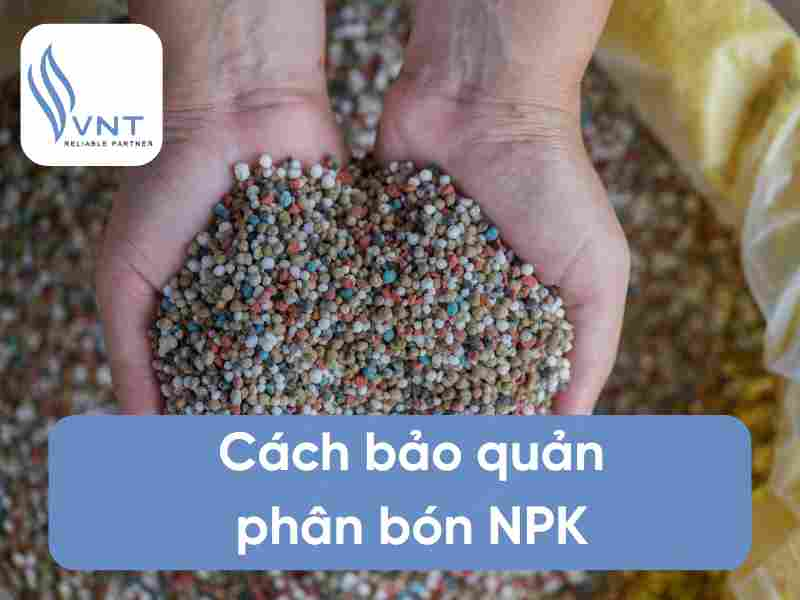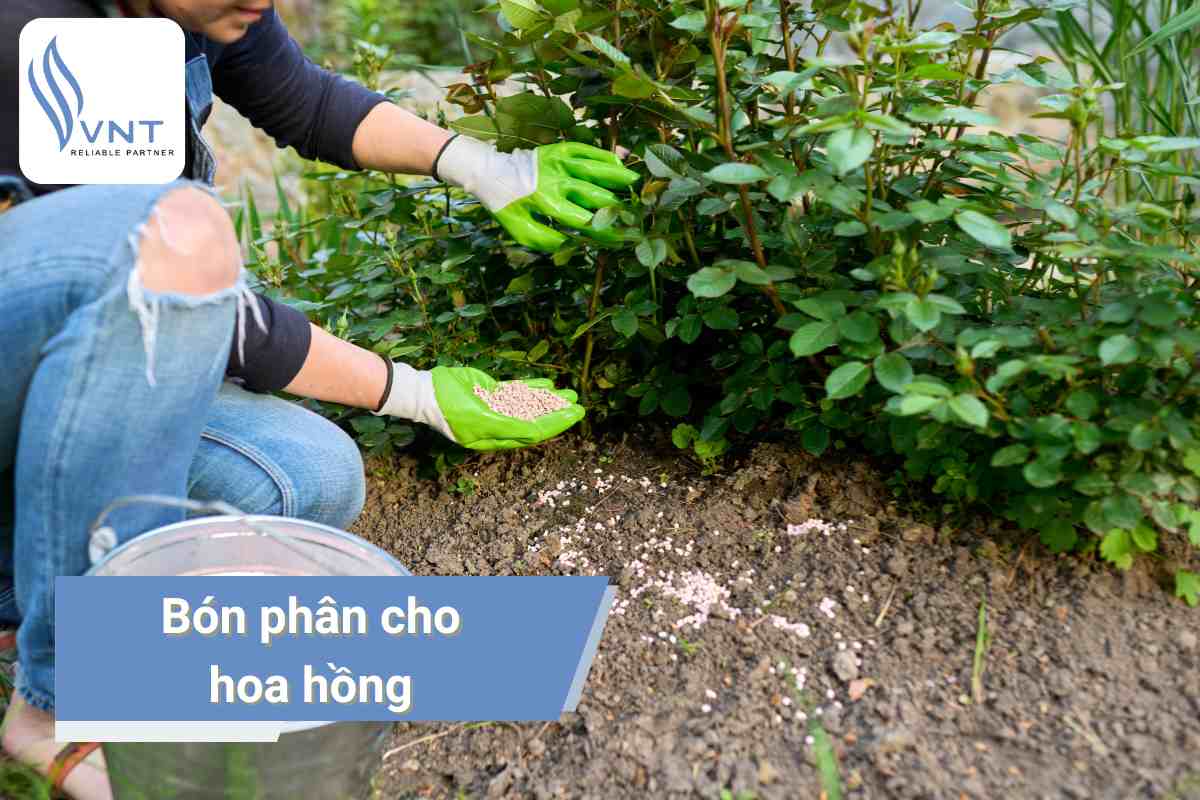Top 10 most dangerous food toxins
Along with the strong development of the economy, the market is becoming more and more volatile. Many people have taken advantage of that turmoil to "fish in troubled waters" to reap "fat" profits. They ignore the adverse effects on consumers' health, using tricks to bring beautiful, delicious, but not nutritious food designs to deceive the majority of consumers.
In this article, VNT will help the majority of housewives in particular, and consumers in general, understand and know about toxic substances in food, additives and "hidden" preservatives.
1. Tinopal
First of all, we cannot fail to mention Tinopal. This is one of the toxic substances in food that has the effect of increasing optical whiteness. It is a light yellow powder detergent used in industry. This substance is a basic whitening agent used in the paper production process.
However, Tinopal is added by sellers to vermicelli, pho, and rice noodles to increase the beautiful whiteness of these foods. If you consume a lot of foods containing Tinopal, it will have a negative impact on your health. It can lead to stomach and intestinal ulcers, more seriously, liver failure, kidney failure, or even cancer.
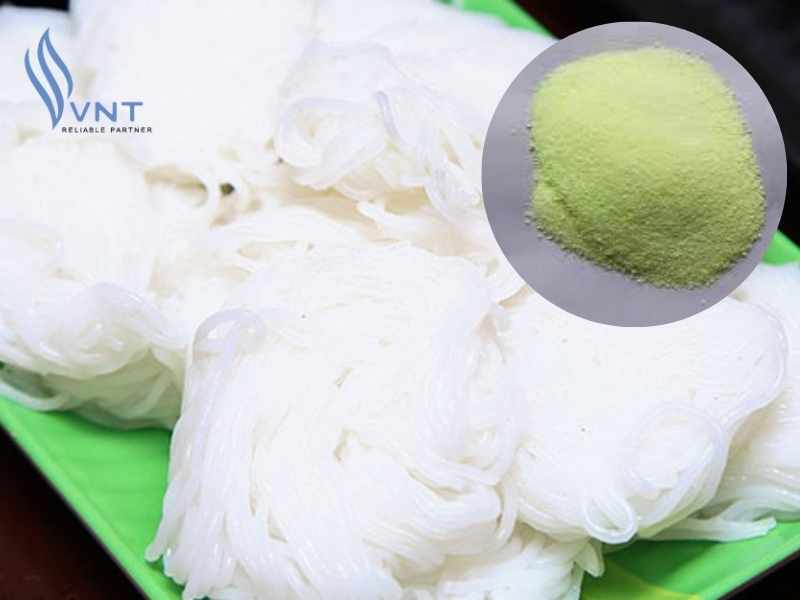
Dangerous poison in food Tinopal
2. Borax
Borax is a poison in food with the chemical name Borax, which is the sodium salt of boric acid. Borax is in the form of colorless crystals, has a sour, slightly bitter taste, and is dissolved in water and alcohol. This is a weak antiseptic and water, used in medicine to tighten, and used externally to kill fungi and bacteria.
Because of its ability to keep food fresh for a long time, slow down the decomposition process of food, especially borax helps food become crispy and chewy, so borax is preferred by many sellers to use as a food preservative.
Borax is less directly and immediately toxic but has a long-term, slow accumulation in the body. In particular, borax accumulates a lot in fat tissue and nerve tissue, causing toxic effects on digestion and absorption of metabolic processes.
When eating borax, the body can only excrete about 80%, the rest will accumulate permanently.
Borax is found in nearly 70% of foods on the market such as ham, pork roll, noodles, rice rolls, street food stalls, and more than 50% of products in manufacturing facilities. Borax also appears in banh gio, phu the, da lon, banh duc, preserving raw foods such as shrimp, fish, meat, etc. According to many studies, at low levels (using 3-5g/day) it will cause loss of appetite, general discomfort. At high levels (over 5g/day) it causes slow growth, liver damage, testicular atrophy, weight loss.
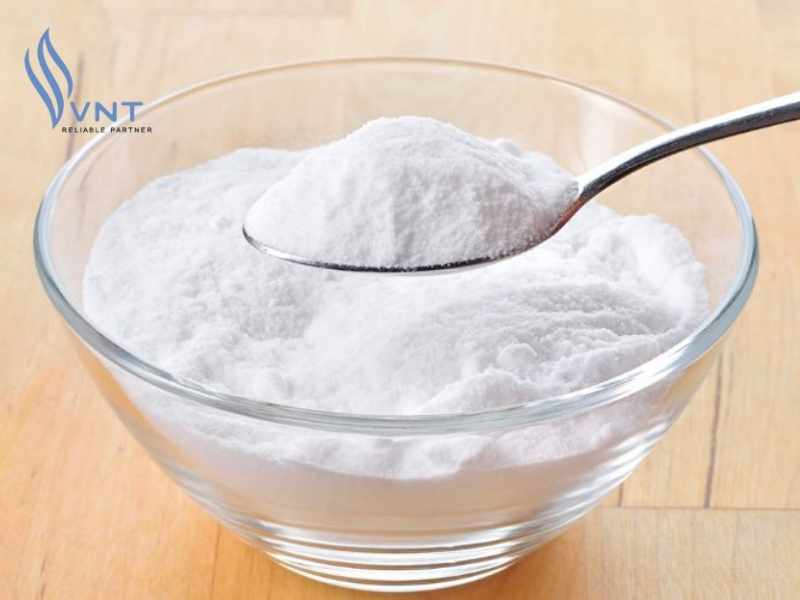
Borax
3. Formalin
Formalin is a toxic organic substance, widely produced, with the chemical name of formaldehyde (chemical formula is HCHO), existing in gas and liquid form.
+) Gas form: is a colorless substance, has a very special pungent smell, and is easily soluble in water.
+) Liquid form: When dissolved in water, Formalin has a solution called formalin, which has very strong antiseptic properties.
Formalin easily combines with Proteins (usually ingredients of foods) to form stable compounds that do not rot or spoil, but are very difficult to digest. Therefore, Formalin is used by many people as a long-term food preservative.
In medicine, Formalin has high antiseptic properties, so it is used to kill bacteria, as a solvent to sterilize objects, experimental samples, and the human body. Therefore, to keep the corpse intact for a long time, people have embalmed it with formaldehyde.
Food safety teams have discovered that formaldehyde is present in many consumer foods such as pho noodles, pork mushrooms, and anchovies...
If formaldehyde enters the body, it can cause indigestion, leading to ulcers in the stomach, intestines, and esophagus... If infected with high concentrations of formaldehyde, it can cause death.
Formaldehyde is in gaseous form, and if inhaled, can cause suffocation and many respiratory diseases.
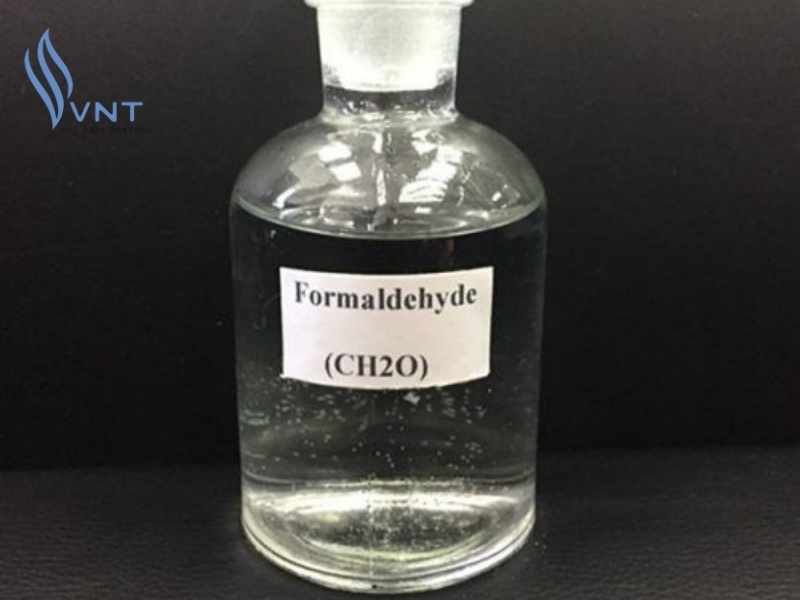
Formaldehyde is widely used as a preservative
4. Urea
Urea has the chemical formula CO(NH2)2, is an inorganic nitrogen, used as a fertilizer in agriculture. Urea is the nitrogen containing the highest N content and is the most widely used. However, a large number of people have abused and misused it. Especially in the food industry, Urea is used to preserve food and increase the nitrogen content of fish sauce and dipping sauce.
Urea is a toxic substance in food that is not allowed to be used, the harm it causes is unpredictable.
+) With small amounts, it can cause food poisoning, headaches, diarrhea, etc.
+) If accumulated over a long period of time, it can cause cancer.

Urea is a fertilizer that is very popular with people
5. Food coloring
Food coloring is a color added to food with the purpose of making the food have a beautiful color, making it more attractive to users.
In addition to natural colorings that are very good for health such as carrots, tomatoes, turmeric, etc., many people, for profit, have used and abused synthetic colorings.
Synthetic colorings, usually do not cause acute poisoning, but most of them are toxic due to long-term accumulation in the body. When this type of poisoning occurs, the possibility of detection is very low, and when clinical symptoms appear, it can be detected, but the possibility of cure is very low.
There are 5 types of food coloring still available in Vietnamese markets: Blue 1; Blue 2; red 3; green 4, yellow 6.
Foods that are often used with synthetic colors include jam, canned fruit, candy, yogurt, soft drinks, shrimp, chili sauce, tomato sauce, etc.
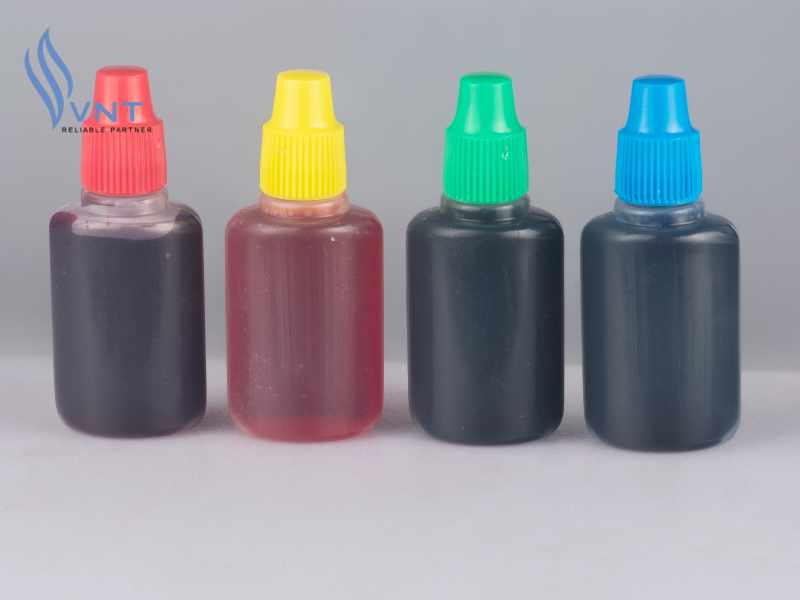
Food coloring is a very dangerous poison
6. Methanol
Methanol or methyl alcohol is an alcohol, with the chemical formula CH3OH, colorless, flammable, and easily soluble in water.
Methanol is used in industry as an antifreeze agent, as a solvent in car washes, paint cleaners, etc.
Many people, for the not small profit of the wine business, have made wine by mixing alcohol with white wine.
Methanol is a poison in food that is low in toxicity, but when introduced into the body, it will be converted into formic acid, which is highly toxic. That is the cause of alcohol poisoning, leading to metabolic acidosis and blindness.
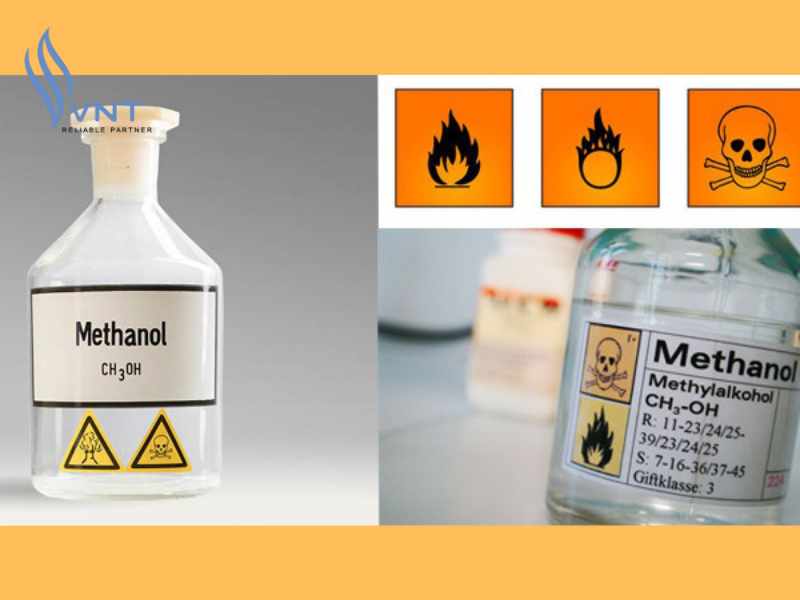
Dangerous food poison Methanol
7. Vegetable "Stimulator"
This is a toxic substance in food that stimulates vegetables to grow quickly and be harvested early. This substance contains many toxic substances, which have directly affected the health of consumers.
This type of drug is widely used for vegetables such as water spinach, Malabar spinach, mustard greens... helping plants grow quickly in a short time (1 night) and looks fresh and delicious, but it contains gibbrellic acid, which causes cell thinning and eye allergies.
Or growth regulators used on sprouts, bean sprouts, and chayote. These substances contain high alkaline content, if in direct contact can cause skin burns, eye damage; if swallowed, can damage the digestive tract.
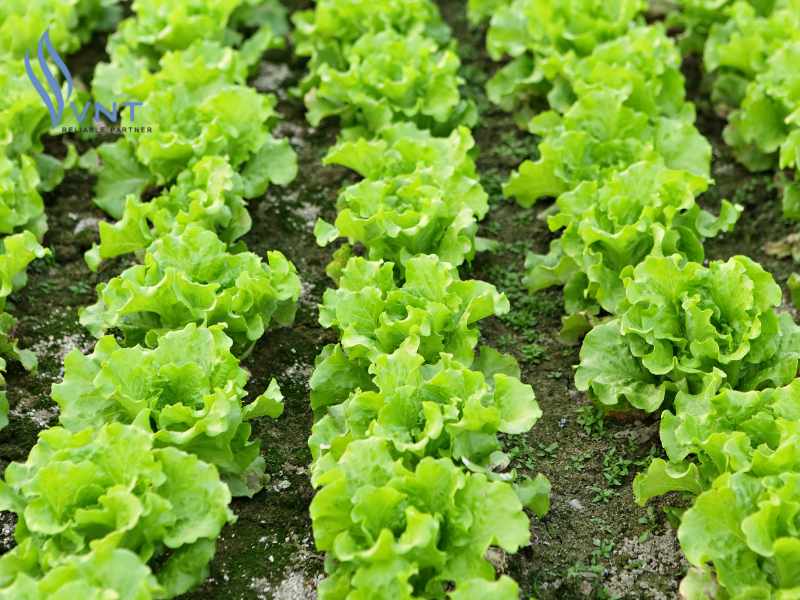
Many vegetables today use “boosters”
8. Dioxin
According to WHO, dioxin is an extremely toxic food toxin. Currently, more than 90% of dioxin contamination in humans is through foods such as meat, fish, eggs, and milk.
Dioxin is very toxic, affects reproduction, affects the immune system, and causes cancer.
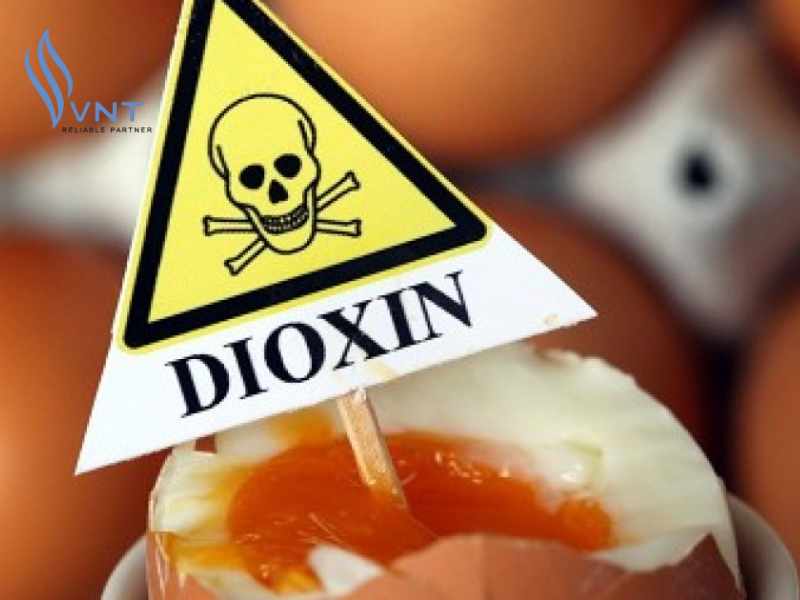
Chemical formula of Dioxin
9. BHA
BHA is used as a preservative and food color stabilizer, which has the risk of causing cancer. BHA affects the excretory system, development and reproduction, and can cause cancer.
Foods containing BHA include sausages, potato chips, and cereals containing BHA. Consumers should use unprocessed foods.
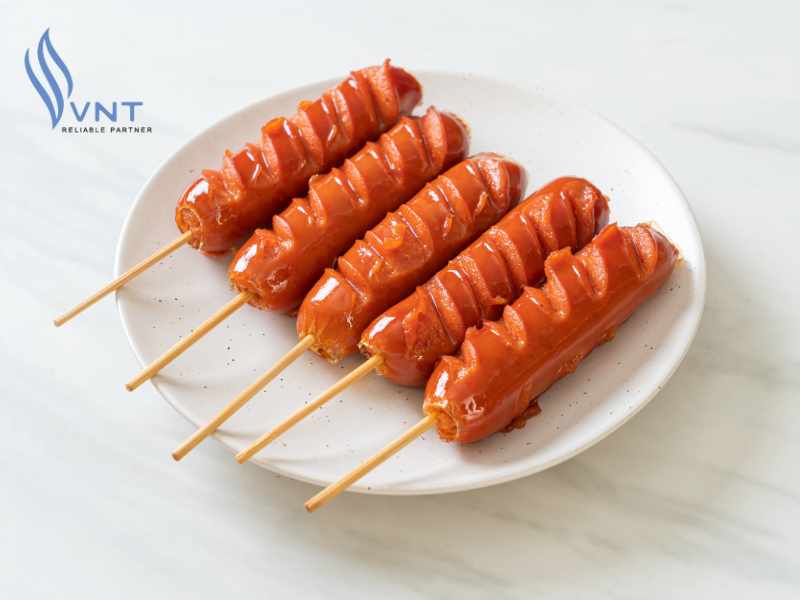
Sausages are foods that contain a lot of BHA
10. Artificial sweeteners
At the bottom of the list of toxins in food is artificial sweeteners. This is a chemical that is used quite commonly. Artificial sweeteners are often found in drinks, creating a sweetness many times greater than natural sweeteners.
Artificial sweeteners cause hunger after eating, stimulate appetite, leading to obesity and diabetes.
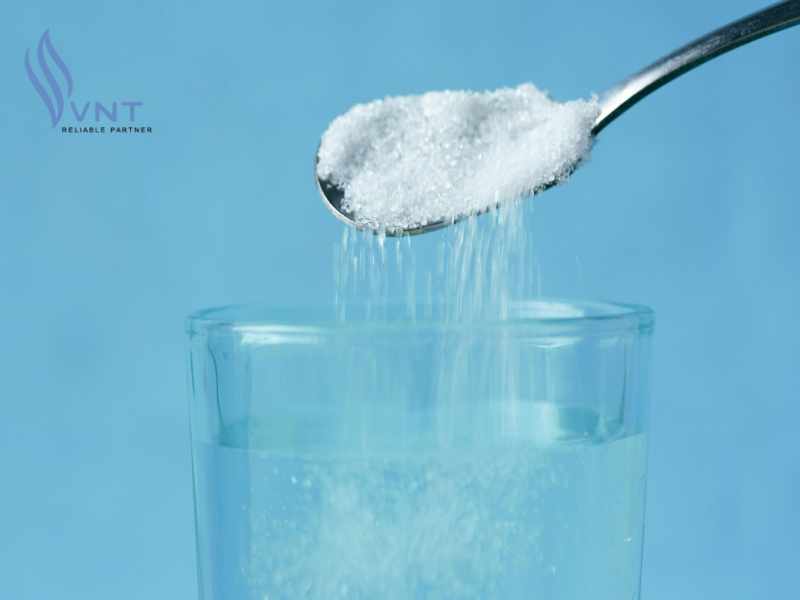
Artificial sweeteners instead of sugar
Above, are the top 10 toxic substances in food that VNT has compiled. There are many other toxic substances. VNT hopes that consumers have certain knowledge, and can use food in the wisest way to have a healthy health.



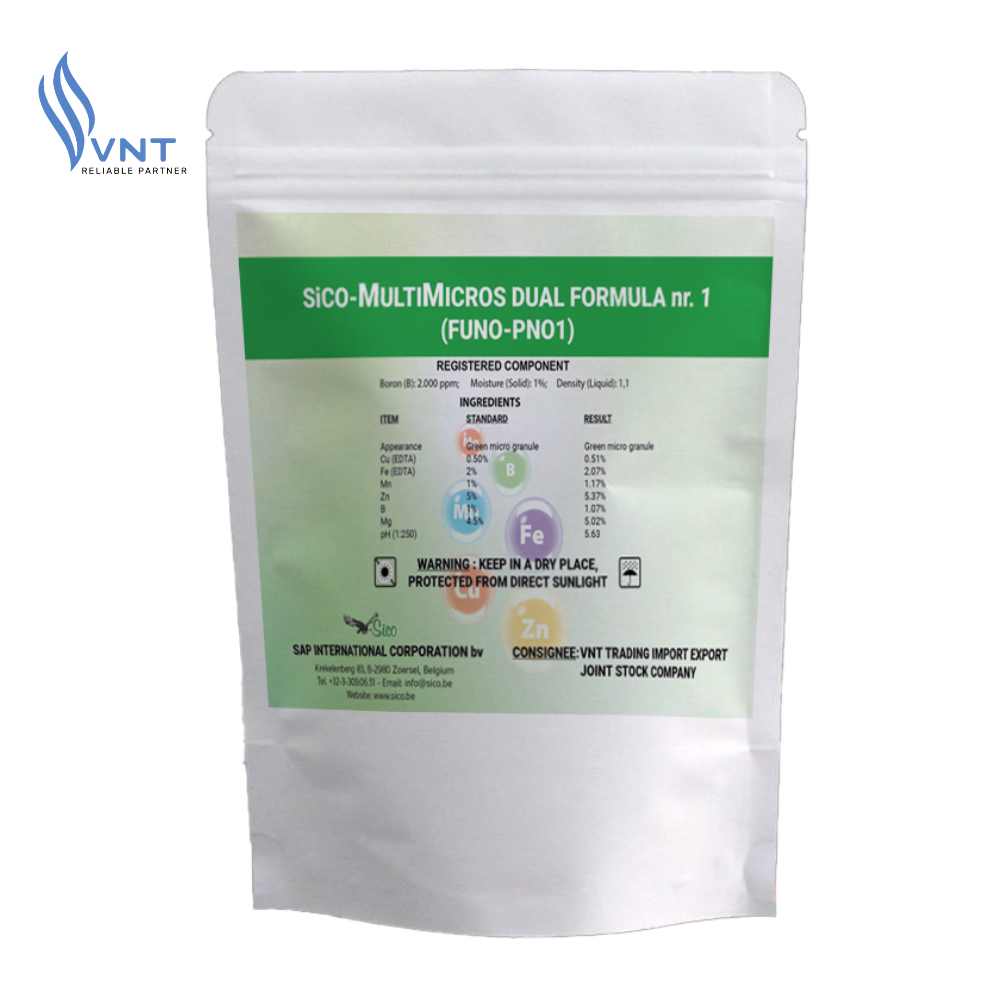
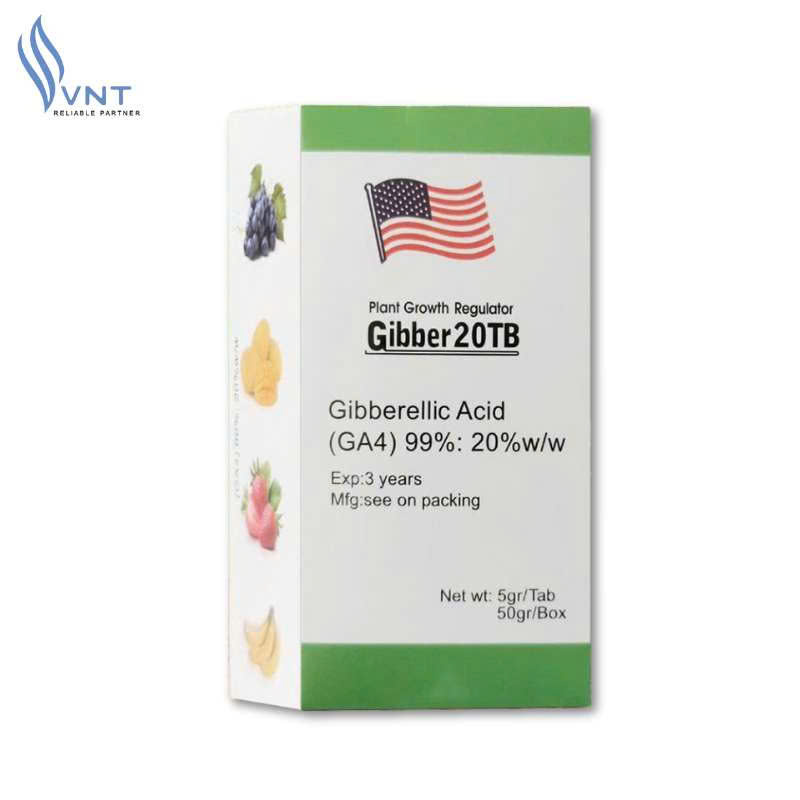
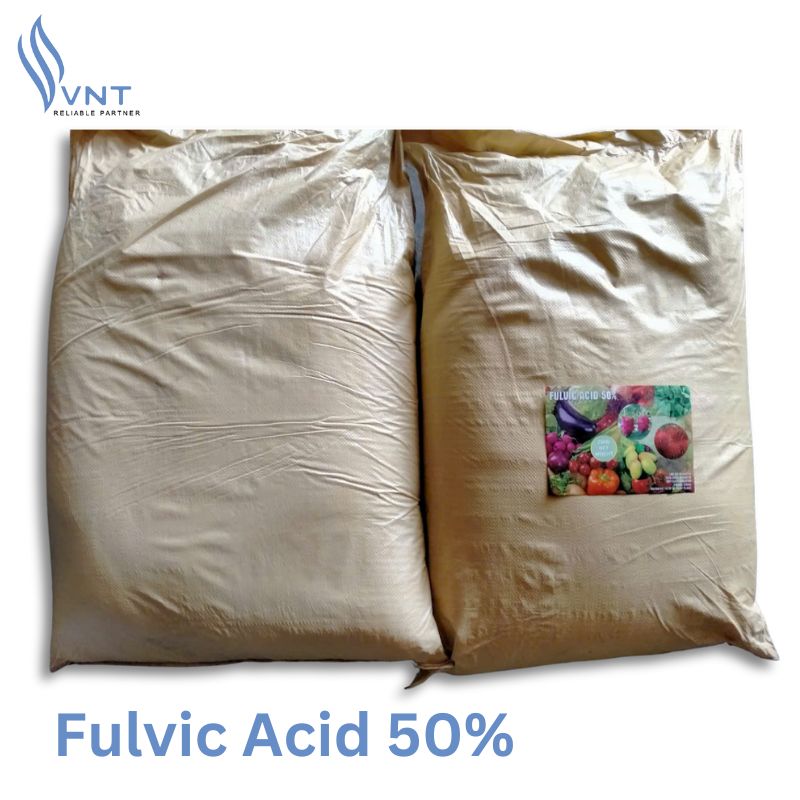
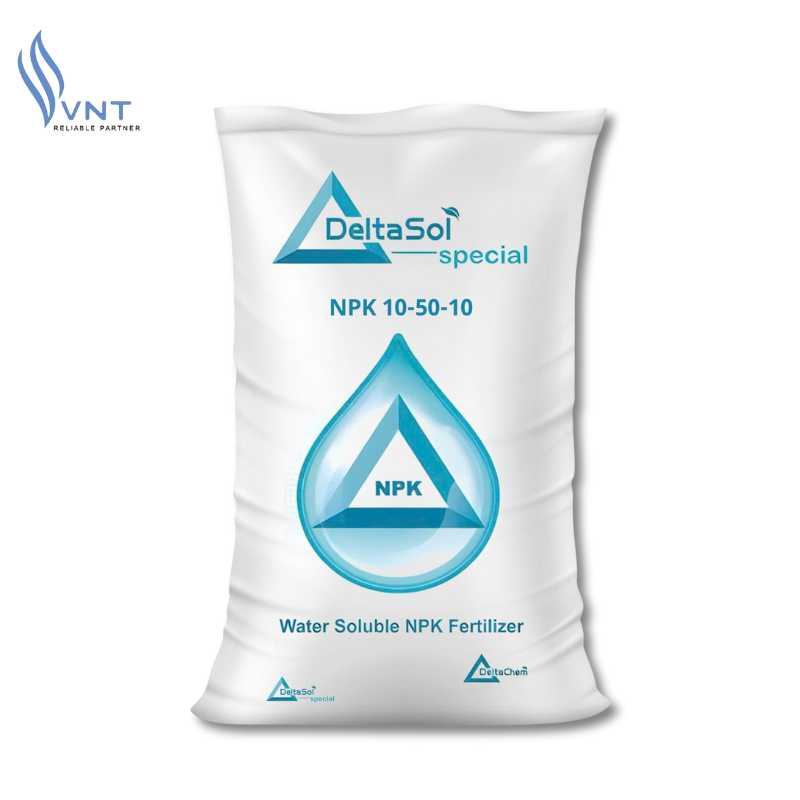
![[Q&A] How Long After Applying NPK Fertilizer Can You Eat Vegetables?](https://www.vntradimex.com/public/files/news/bon-phan-npk-cho-rau-bao-lau-thi-an-duoc-685e204cde416.jpg)
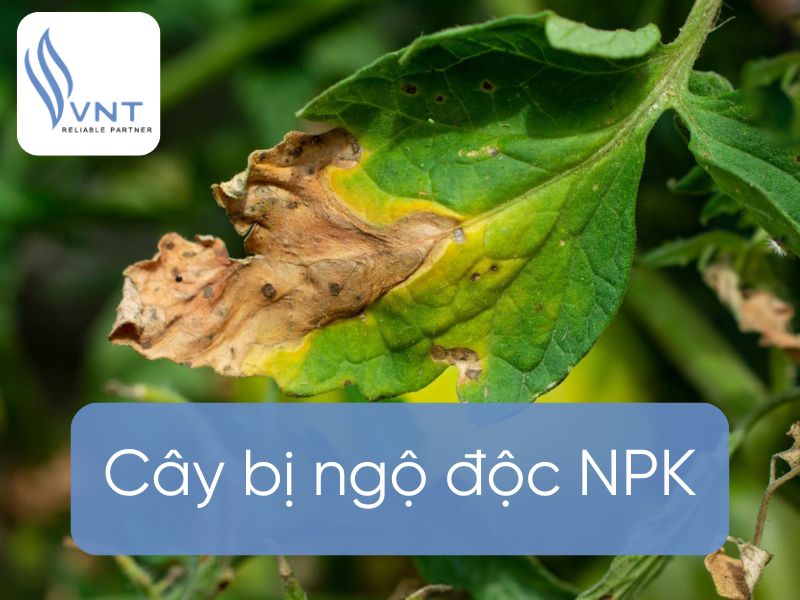
![[SHARE] How to use NPK fertilizer properly that everyone should know!](https://www.vntradimex.com/public/files/news/cach-dung-phan-bon-npk-dung-cach-682c46ab907d2.jpg)
